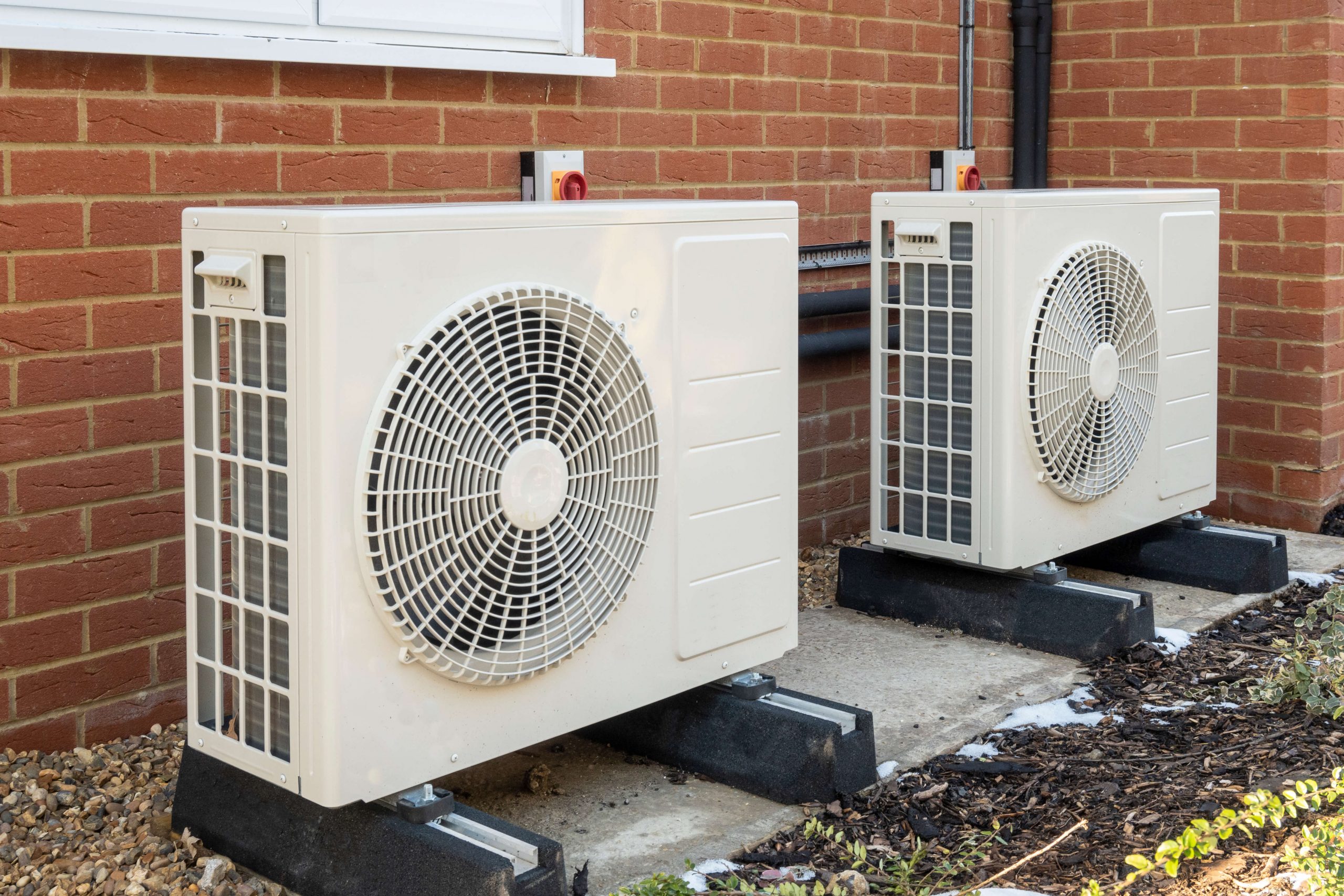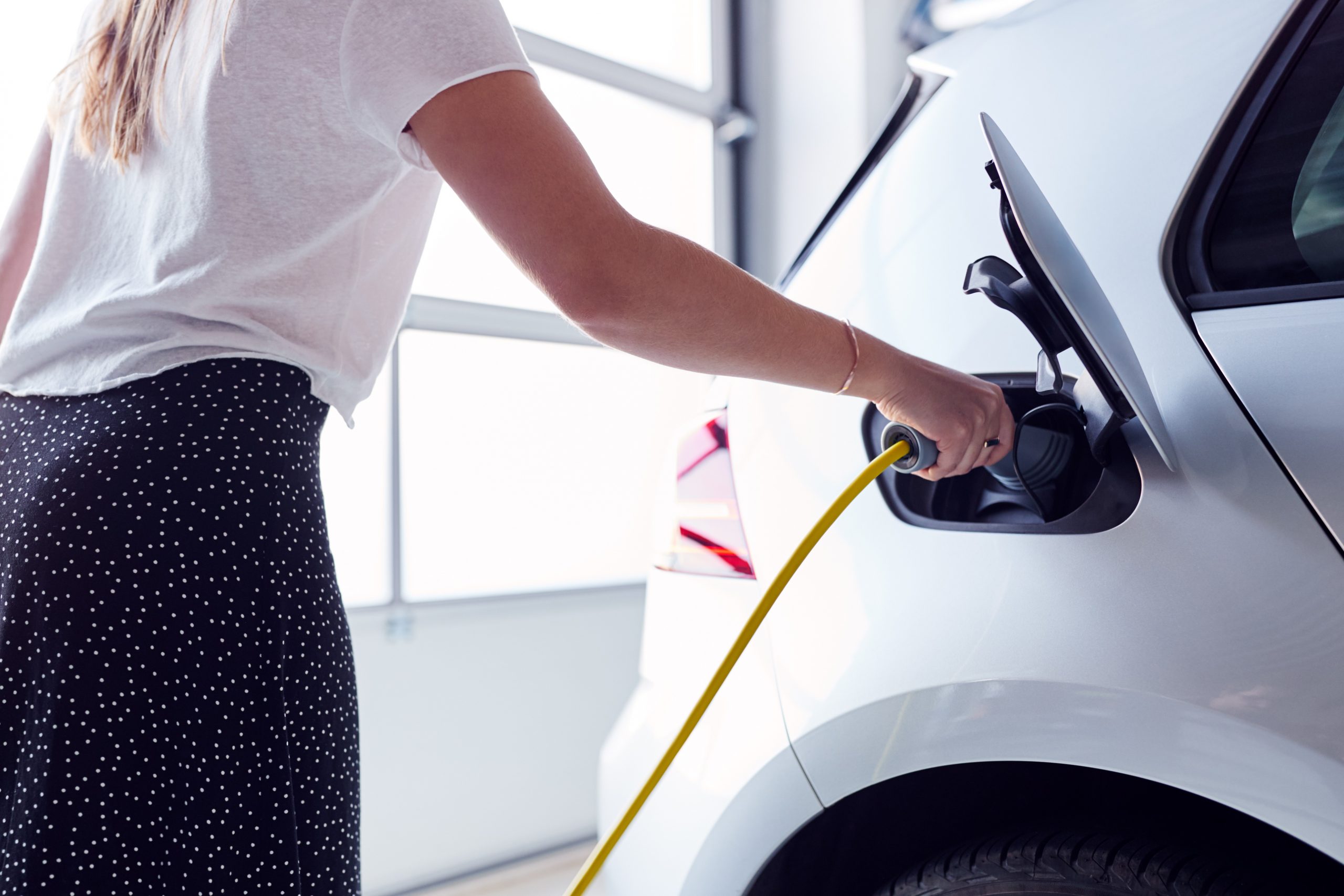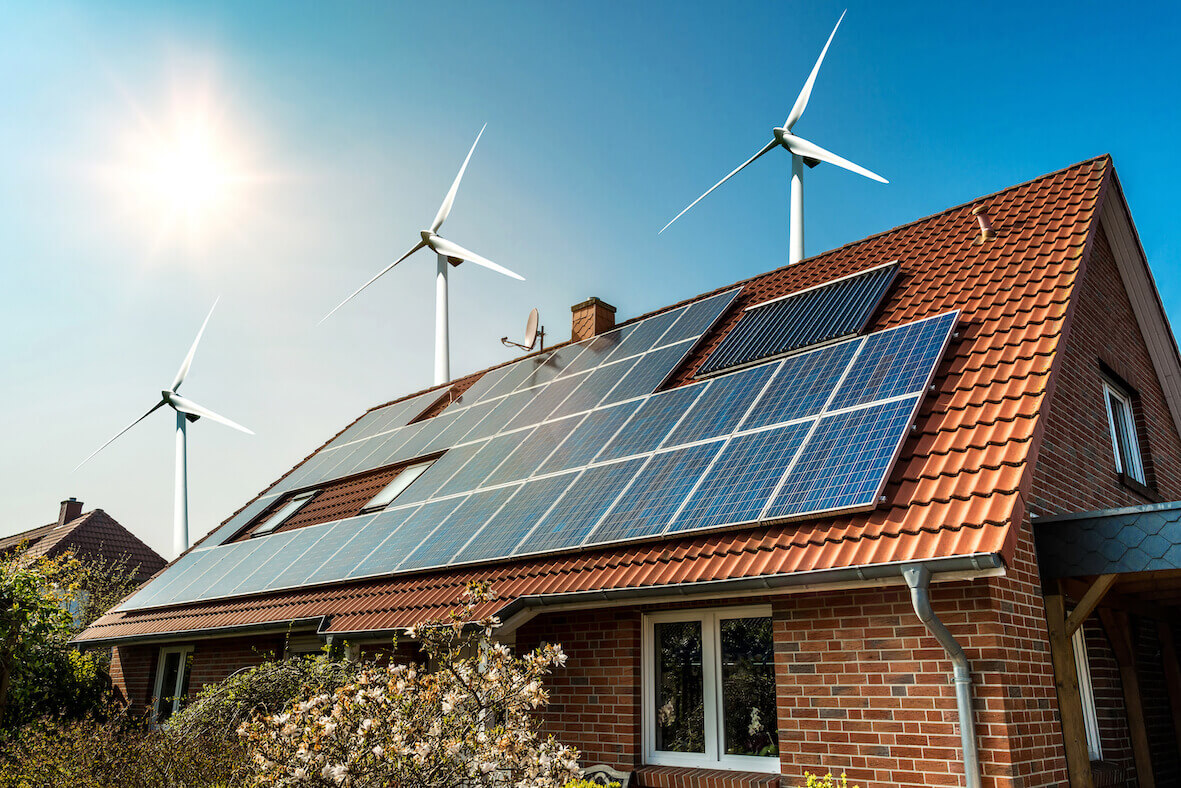Understanding heat pumps

Author: Kenneth Geals, MRICS
For as long as humans have been on this earth, we have striven to keep our homes warm. From log fires in caves, to coal fires in living rooms, to gas boilers and radiators, we have sought resources to heat our dwellings.
For centuries we have burned natural fuels and fossil fuels. However, increased awareness of the damage this causes our environment, coupled with advances in modern technology, has resulted in a drive to move away from reliance on this outdated method.
We now have environmentally friendly, low carbon heating systems which are efficient, low maintenance and with low running costs, and can be installed in many new and existing homes.
Let’s look at some of these new systems.
Heat pumps draw on the earth’s natural characteristics to offer a natural, renewable source of heating. The fundamental principle is that they take thermal energy from the air or ground and turn it into useable heat within the home.
There are three main types of heat pump:
- Air-to-water
- Air-to-air
- Ground-source.
Air-source heat pumps
Air-to-water
Heat pumps look similar to air conditioning units. They work a bit like refrigerators in reverse, outside air is blown over a series of tubes filled with a refrigerant. It then boosts it to a higher temperature using a compressor. The heat pump will then transfer the heat to the heating system in your home.
It can also be directed into a normal hot water storage system and you will need space for a hot water tank internally.
The achievable temperatures will be lower than those possible with traditional gas or oil boilers. Heat pumps are therefore best suited to homes which are well insulated and have a high level of air- tightness. Air-to-water systems will work better with underfloor heating systems or larger radiators designed specifically for use with heat pumps.
Air to water heat pumps are easier and quicker to install than ground to water heat pumps as they don’t need any land to be dug up for installation and do not take up too much outdoor space.
Costs will depend on system specifications, availability and suitability of location and siting requirements. An air-to-water system costs on average £13,000. (Source: Checkatrade)
Air-to-air
An air-to-air heat pump can cost in the region of £3,100 and is a much cheaper option. The main draw back is that an air-to-air heat pump does not heat water delivered to the taps, so you will need to consider an alternative way of heating water for showering and bathing. They can work well in conjunction with solar thermal hot water systems or electric immersion heaters in smaller properties.
Ground-source heat pumps
Ground-source heat pumps use the same concept of tapping into naturally warmed elements to produce heat for domestic use – in this case it is the earth rather than the air which has been warmed by the sun.
Temperatures at 2 metres or more below the ground surface are generally constant and ground source heat pumps can utilise this heat. The main elements of the system are essentially the same as for air-source heat pumps – the obvious difference being that the heat is taken from the ground.
There are two main methods to extract heat from the ground. Both use refrigerant in pipework in either a loop and coil arrangement, or in one or more vertical boreholes. Which type is best suited will depend on the available outside area, costs, and any environmental factors.
The loop and coil method, where pipework is buried about two metres underground, requires an area roughly three times the floor area of the home and, owing to the need for excavation, should be accessible by a digger.
The borehole system uses less outside area but, by its nature, is still complex as the hole needs to be between 40m and 120m deep. This method requires a good knowledge of any underground water systems and ground types specific to the location.
Both methods use similar technology as air-source heat pumps to extract the heat and transfer it to the home via a compressor and heat exchangers. Costs are higher than for an air-source system and run between an average bracket of £13,000-£35,000. (Source: Checkatrade)
An important factor to consider is that the unit required to extract the heat is sizeable and you will require some additional space in a garage or utility room to house the equipment.
Both air and ground-source systems involve significant upfront costs but could lower the running costs of an average family home by between £1,200 and £2,500 a year. Heat pumps use electricity for the pumps and compressors but at lower levels than the thermal energy that is produced. If the electricity is from renewable sources, such as PV panels or wind turbines, it can be considered a genuinely low carbon option. Government assistance may be available to help with installation costs via the Boiler Upgrade Scheme.
You can check if you are eligible by clicking the link below.
Check if you may be eligible for the Boiler Upgrade Scheme – GOV.UK (www.gov.uk)
How loud is a heat pump?
If the heat pump is working very hard (for example, in very cold weather), the noise should be of a similar volume to a fridge, if you were standing within a couple of metres.
Can you take the heat pump with you if you move house?
No – the heat pump would become part of the properties assets and would have to be included in the sale of the house. But, on a positive note, as the Government is working towards phasing out gas boilers, having a heat pump will become a selling point in coming years and will potentially make it more attractive to potential buyers. It could even increase the value of your property.
About the author: Kenneth Geals is a Chartered Surveyor and Technical Surveying Manager with e.surv.



